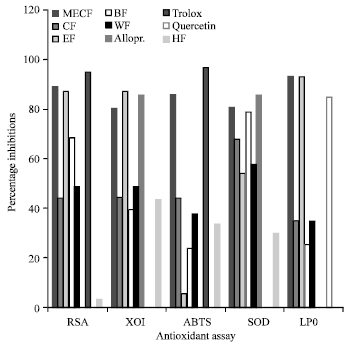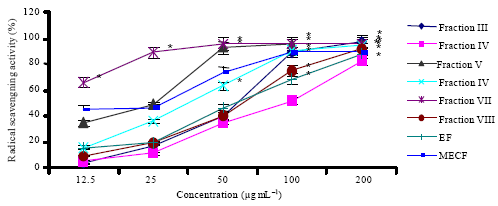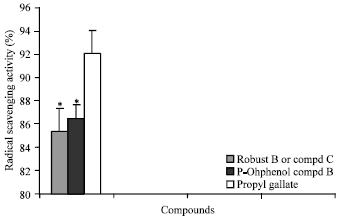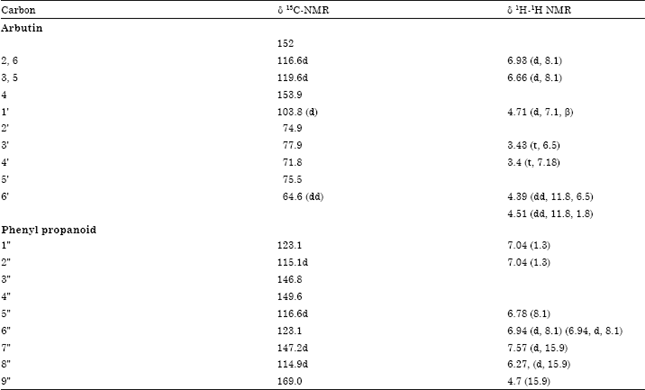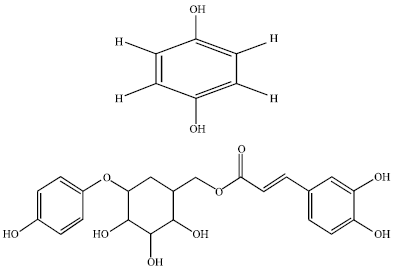Research Article
Purification and Characterization of Phenolic Compounds from the Leaves of Cnestis ferruginea (De Candolle): Investigation of Antioxidant Property
Laboratories for Biomembrane Research and Biotechnology, Department of Biochemistry, College of Medicine, University of Ibadan, Ibadan, Nigeria
A. Abass Khan
H.E.J. Research Institute of Chemistry, University of Karachi, Karachi, Pakistan
I. Oladosu
Department of Chemistry, University of Ibadan, Ibadan, Nigeria
A. Ajaz
H.E.J. Research Institute of Chemistry, University of Karachi, Karachi, Pakistan
M.I. Choudhary
H.E.J. Research Institute of Chemistry, University of Karachi, Karachi, Pakistan
O.O. Olorunsogo
Laboratories for Biomembrane Research and Biotechnology, Department of Biochemistry, College of Medicine, University of Ibadan, Ibadan, Nigeria
A. Ur Rahman
H.E.J. Research Institute of Chemistry, University of Karachi, Karachi, Pakistan









